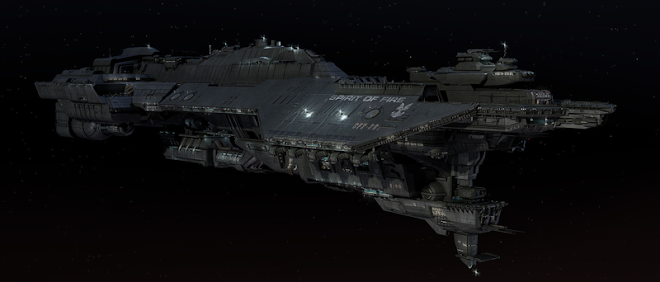MERCURY
Mercury is the innermost and smallest planet in the Solar System, orbiting the Sun once every 87969 days. The orbit of Mercury has the highest eccentricity of all the Solar System planets, and it has the smallest axial tilt. It completes three rotations about the axis for every two orbits.
VENUS
Venus is the second closest planet to the Sun, orbiting it every 2247 Earth days. The planet is named after Venus, the Roman goddess of love and beauty. After the Moon, it is the brightest natural object in the night sky, reaching an apparent magnitude of 46. Because Venus is an inferior planet from Earth, it never appears to venture far from the Sun its temperature reaches a maximum of 478. Venus reaches its maximum brightness shortly before sunrise or shortly after sunset, for which reason it is often called the Morning Star or the Evening Star.
MARS
Mars is the fourth planet from the sun. Mars got it’s name from the ancient greek god Mars. Mars is a better place to build ALPHA. The rocky surface is a good foundation to build a city. Mars is also known as the “red planet” cause it looks like a red ball from an angle.
JUPITER
Jupiter is the fifth planet from the Sun and the largest planet within the Solar System. It is a gas giant with a mass slightly less than one thousandth that of the Sun but is two and a half times the mass of all of the other planets in our Solar System combined. Jupiter is classified as a gas giant along with Saturn, Uranus and Neptune. Together, these four planets are sometimes referred to as the Jovian planets.
The planet was known by astronomers of ancient times and was associated with the mythology and religious beliefs of many cultures. The Romans named the planet after the Roman god Jupiter. When viewed from Earth, Jupiter can reach an apparent magnitude of 2.8, making it on average the third brightest object in the night sky after the Moon and Venus. (Mars can briefly exceed Jupiter's brightness at certain points in its orbit.)
SATURN
Saturn is the sixth planet from the Sun and the second largest planet in the Solar System, after Jupiter. Saturn, along with Jupiter, Uranus and Neptune, is classified as a gas giant. Together, these four planets are sometimes referred to as the Jovian, meaning "Jupiter like", planets.
Saturn is named after the Roman god Saturn. The planet Saturn is composed of hydrogen, with small proportions of helium and trace elements. The interior consists of a small core of rock and ice, surrounded by a thick layer of metallic hydrogen and a gaseous outer layer. The outer atmosphere is generally bland in appearance, although long-lived features can appear. Wind speeds on Saturn can reach 1,800 km/h, significantly faster than those on Jupiter. Saturn has a planetary magnetic field intermediate in strength between that of Earth and the more powerful field around Jupiter.
URANUS
Uranus is the seventh planet from the Sun, and the third largest Planet. It is the fourth most massive planet in the Solar System. It is named after the ancient Greek deity of the sky Uranus. Though it is visible to the naked eye like the five classical planets, it was never recognized as a planet by ancient observers because of its dimness and slow orbit.
Uranus is similar in composition to Neptune, and both have different compositions from those of the larger gas giants Jupiter and Saturn. As such, astronomers sometimes place them in a separate category, the "ice giants". Uranus's atmosphere, while similar to Jupiter's and Saturn's in being composed primarily of hydrogen and helium, contains a higher proportion of "ices" such as water, ammonia and methane, along with traces of hydrocarbons.
NEPTUNE
Neptune is the eighth planet from the Sun in our Solar System. Named for the Roman god of the sea, it is the fourth-largest planet by diameter and the third-largest by mass. Neptune is 17 times the mass of Earth and is slightly more massive than its near twin Uranus, which is 15 Earth masses and not as dense. On average, Neptune orbits the Sun at a distance of 30.1 Light years approximately 30 times the Earth Sun distance.
PLUTO
Pluto, formal designation 134340 Pluto, is the second largest known dwarf planet in the Solar System (after Eris) and the tenth largest body observed directly orbiting the Sun. Classified as a planet from its 1930 discovery until 2006, Pluto is now considered the largest member of a distinct population called the Kuiper belt.
SUN
The Sun is the star at the center of the Solar System. The Sun has a diameter of about 865,000 miles, and by itself accounts for about 99.86% of the Solar System's mass; the remainder consists of the planets (including Earth), asteroids, meteoroids, comets, and dust in orbit. About three fourths of the Sun's mass consists of hydrogen, most of the rest is helium. Less than 2% consists of other elements, including iron, oxygen, carbon, neon, and others.
Wednesday, November 25, 2009
Subscribe to:
Post Comments (Atom)









%5B1%5D.png)
THAT MUST HAVE TAKEN AGES TO TYPE UP LOL.
ReplyDelete<(".")>
hello everyone this is our
ReplyDeleteblog so its awsome i no rite
TOTALLY :]